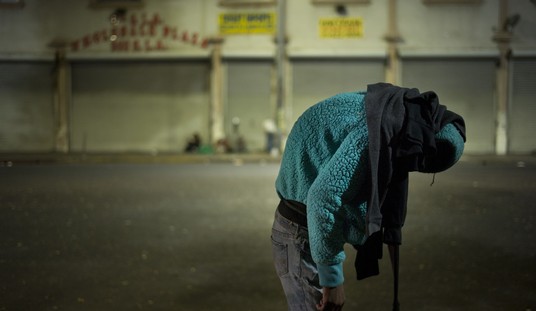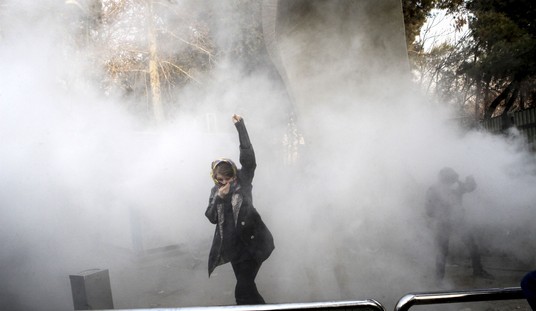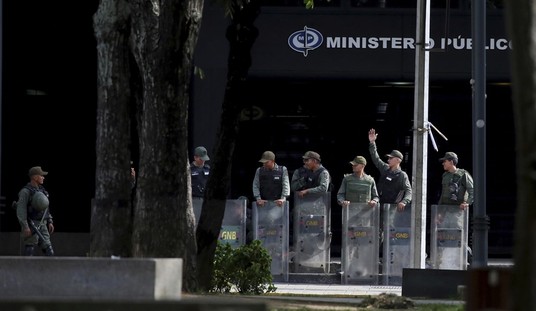You're probably familiar with the first stanza of Carl Sandberg's iconic poem titled "Chicago."
"Stormy, husky, brawling, City of the Big Shoulders" is among the most descriptive lines about any American big city. But there's much more to the poem, and as it turns out, Sandburg, as all great poets do, peered into Chicago's soul and extracted the essence of its existence.
They tell me you are wicked and I believe them, for I have seen your painted women under the gas lamps luring the farm boys.
And they tell me you are crooked and I answer: yes, it is true I have seen the gunman kill and go free to kill again.
And they tell me you are brutal and my reply is: On the faces of women and children I have seen the marks of wanton hunger.
And having answered so I turn once more to those who sneer at this my city, and I give them back the sneer and say to them:
Come and show me another city with lifted head singing so proud to be alive and coarse and strong and cunning.
"Chicago" was written in 1914, at the height of Chicago's industrial might. It was, far more than New York City or any other big city, a workingman's town.
There were steel mills on the South Side, slaughterhouses and meatpacking plants, the "back of the yards" where the old Union Stockyards operated. "The area was once the largest livestock and meatpacking center in the world, a complex of railroads, stockyards, and processing factories that significantly shaped Chicago's industrial and cultural history," according to a "History of the Back of the Yards."
"Hog butcher to the world?" That and so much more.
Flinging magnetic curses amid the toil of piling job on job, here is a tall bold slugger set vivid against the little soft cities;
Fierce as a dog with tongue lapping for action, cunning as a savage pitted against the wilderness.
Centrally located, Chicago was a natural rail hub. When railroads ruled, Chicago was the kingmaker. Later, when air travel dominated transportation, Chicago's "middle of the country" location again allowed it to dominate.
Working in these factories and yards was the most diverse population of immigrants in America. Of course, we don't mention that kind of diversity in polite society today. So the clashing cultures of Poles, Slavs, Germans, Irish, Italians, and Jews really didn't count as "diversity." Besides, no one was keeping score back then.
Sandburg saw this clearly and marveled at the character of the city.
Under the smoke, dust all over his mouth, laughing with white teeth,
Under the terrible burden of destiny laughing as a young man laughs,
Laughing even as an ignorant fighter laughs who has never lost a battle,
Bragging and laughing that under his wrist is the pulse, and under his ribs the heart of the people,
I was once a proud Chicagoan. Even though I grew up in the Northwest suburbs, just a short train trip from the Loop, my identity wasn't the "bedroom community" as demographers used to refer to suburbs back in the day. I was a Chicagoan. All my friends considered themselves "Chicagoans."
My dad worked in Chicago. I went to Cubs games because they were all-day games back then. Naturally, I ended up a fan of the South Siders, the White Sox. Go figure.
Back in the 1970s, when New York, Boston, Philadelphia, and other big northern cities were going bankrupt, crippling strikes brought cities to a standstill, riots tore cities apart, and crime was even worse than it is today, Chicago was known as "The City that Works." That moniker came with a steep price. Sandburg saw it in the "crooked" and "brutal" way the city was run. The cops were not only brutal but also corrupt. City Hall was a cesspool of influence peddling, payoffs, pay-for-play, and all manner of corruption.
Sandburg saw all of it. Yet he saw clearly an iron character that gave the city a redeeming value not vouchsafed by other large metropolises.
Laughing the stormy, husky, brawling laughter of Youth, half-naked, sweating, proud to be Hog Butcher, Tool Maker, Stacker of Wheat, Player with Railroads and Freight Handler to the Nation.
That special character is mostly gone. The stockyards closed 50 years ago, and the steel mills shortly thereafter. The industrial heart of the city, which had been its identity since the 1872 Chicago Fire destroyed most of it, was hollowed out, the workers dispersed, and the animating spirit of commerce was killed.
It's a safe bet that Carl Sandburg would not recognize Chicago as the city he wrote about. And I am no longer a "proud" Chicagoan. I no longer consider myself a Chicagoan. I haven't been to the city in 20 years and have no reason to go now.
When I think about it in quiet moments, I weep for the city of my youth and the nation we once were. Chicago and America may make it back, but not in my lifetime.
I have accepted that now. I wonder if Carl Sandburg would have accepted it?










